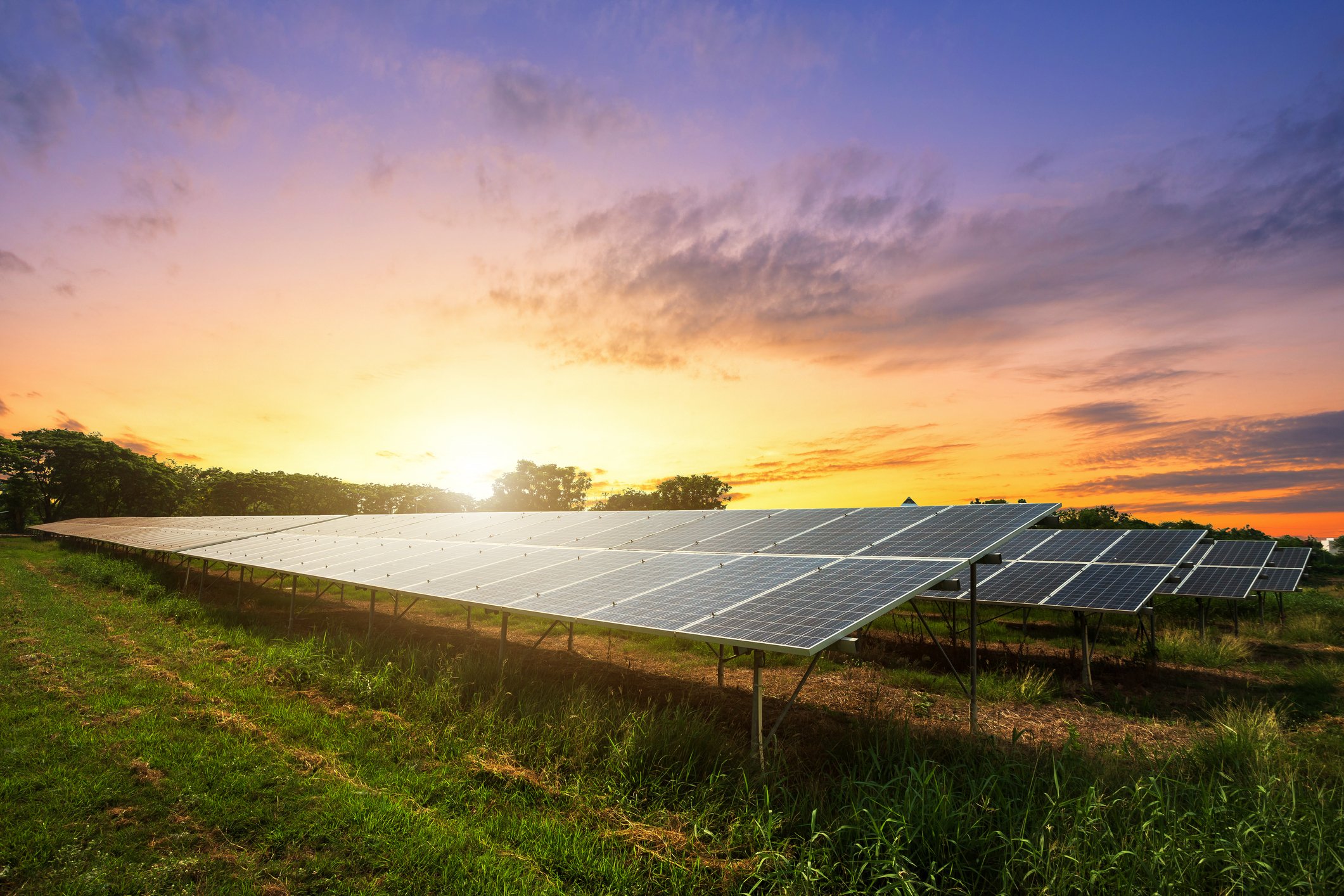Clearway Energy (CWEN +1.95%) (NYSE: CWEN-A) has a spotty track record as a dividend stock. The renewable energy company had consistently increased its payout each quarter from its initial public offering (IPO) in late 2013 through the end of last year, including growing it by 15% in 2018 alone. It expected that growth to continue in the coming years.
However, because of the bankruptcy of utility PG&E (PCG 1.08%) -- which was one of its largest customers -- the company opted to slash its dividend by roughly 40% and proactively increase its financial flexibility. That pushed its yield down to the current level of about 4%, which is still an attractive level for dividend investors. Add that enticing income stream to its upside potential once the dust eventually settles on the PG&E bankruptcy, and Clearway Energy is an intriguing stock for dividend investors to put on their watchlist this month.

Image source: Getty Images.
Clearway Energy 101
Clearway Energy might not be too familiar with dividend investors, since it's a relatively new name. The company initially went by the name NRG Yield until its former parent, utility NRG Energy (NRG 4.07%), sold its stake in that entity, as well as its renewable energy development pipeline and operating portfolio, to private equity fund Global Infrastructure Partners (GIP) in August of 2018.
While GIP rebranded the former NGR Energy affiliate as Clearway Energy, it planned to maintain its strategy of operating and acquiring cash-generating renewable energy assets backed by long-term, fixed-rate power purchase agreements (PPAs). Those contracts supported the company's ability to continue growing its high-yielding dividend. Clearway expected to increase its payout by a 5% to 8% annual rate starting in 2019, powered by its ability to continue buying cash-flowing renewable energy assets from GIP and other sellers.
However, the bankruptcy of PG&E forced the company to shift gears. That's because it gets 30% of its cash flow from that one customer. While PG&E has continued to pay Clearway Energy and its other power suppliers under their existing PPAs, Clearway hasn't been able to use that cash because of lender restrictions.

Image source: Getty Images.
Still growing, but awaiting a key outcome
Because PG&E is still paying on its contracts, Clearway Energy expects its cash flow to continue growing in 2020. In the company's view, it will generate $295 million in cash available for distribution (CAFD) in 2020, up 18% from what it expects to haul in this year. The company's continued investments to grow its portfolio will drive that increase in cash flow.
In September, for example, the first phase of its Hawaii solar acquisition started operations. It paid $29 million plus the assumption of $169 million in debt for assets that should generate $2.7 million in CAFD annually over the next five years starting this January. In addition, the company invested $111 million to repower some of its existing wind facilities. These projects should come online early next year and contribute an incremental $12 million in CAFD.
Meanwhile, there's upside to that outlook because the company holds the option to acquire the Carlsbad Energy Center from GIP. If it moves forward with that purchase -- which would cost about $180 million plus the assumption of debt -- it would generate $27 million in annual CAFD, providing a big boost to its cash flow.
That deal, however, is in limbo because the PG&E bankruptcy has affected its liquidity and leverage. Likewise, the company can't access all the cash produced by the assets linked to PG&E because of lender restrictions. Because of that, there's a lot of uncertainty as to what lies ahead for Clearway.
If the company's PPAs with PG&E make it through the bankruptcy proceedings without changes, then it has significant upside potential. Not only will it be able to tap the currently restricted cash, but it would also continue generating steady cash flow from those assets. It could then use those funds to pay dividends, reduce debt, and invest in growth opportunities. However, if the courts alter the PPAs by lowering their rates, it could have a substantial impact on the company's future cash flow as well as its ability to grow.
Too risky to buy, but interesting enough to watch
Given its outsize exposure to PG&E, Clearway Energy isn't an ideal option for income-focused investors right now. However, if its PPAs survive that company's bankruptcy proceeding, then it would be a much more attractive opportunity. That's why dividend investors should consider putting it on their watchlist this month.









